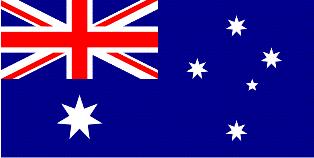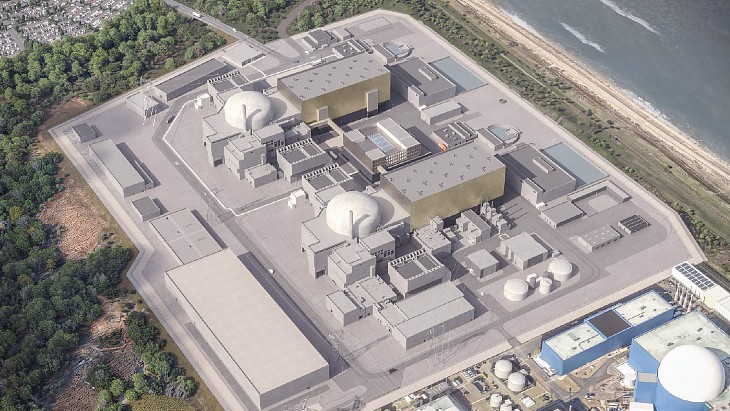 Two states remain opposed to uranium mining - Queensland and Western Australia - and the Labor governments of these for maintain their stance despite the Labor Party dropping its federal anti-mining policy in April. Now in government, it will come under pressure to deliver on the promises effectively contained in its policy change, i.e. uranium mining in all States.
Two states remain opposed to uranium mining - Queensland and Western Australia - and the Labor governments of these for maintain their stance despite the Labor Party dropping its federal anti-mining policy in April. Now in government, it will come under pressure to deliver on the promises effectively contained in its policy change, i.e. uranium mining in all States.In fact, the prospects for that may actually be better under the new Rudd Labor government because having a federal Labor government will remove the partisan political conflict from the debate. Under pro-nuclear Howard, Labor-governed states positioned uranium mining as a prelude to nuclear power, or to taking back the wastes from overseas use of the uranium.
The two state bans temporarily makes inaccessible some 21% of the country's economically demonstrated resources of uranium, now some 953,000 tU.
Nuclear power after renewables
The advent of a Labor government will abort moves to introduce nuclear power in Australia, though no plans were pending. The outgoing Coalition government had pledged to make legislative changes to allow proposals for nuclear power generation to be brought forward by utilities. This will now not happen until the Labor party changes its declared views opposing nuclear power. A tentative proposal for an enrichment plant will also be stalled.
However, the incoming Labor government has pledged to reduce greenhouse gas emissions dramatically and to increase the proportion of power generated from renewables. Australia has had a Mandated Renewable Energy Target of 9500 GWh per year.
MRET excludes large hydro (16 GWh per year) and is now within reach, thanks to consumer subsidy. Labor has pledged to increase MRET to 45,000 GWh by 2020, expecting renewables and hydro to meet some 20% of total demand by then.
At present some 80% of electricity is from burning black coal and lignite, making Australians the world's worst polluters from power generation. A Washington thinktank, the Centre for Global Development, quoted Australian annual power sector emissions as 11 tonnes of carbon dioxide per head, followed by the USA on 9 tonnes.
Hence a Rudd government will eventually have to face the nuclear power question seriously, as has recently been made clear by Ziggy Switowski, chair of the Australian Nuclear Science and Technology Organisation (Ansto), who went on to say "I think people will move from concern, to grudging acceptance to relief that we have this advanced and safe form of delivering energy." Labor's grappling seriously with the nuclear power option may not be in the first term but almost certainly in the second, since deep cuts in carbon emissions are not otherwise possible.
The populist pre-election pledges by both government and Labor to extend MRET are contrary to the recommendations of the government's Emissions Trading Taskforce which reported in mid year. The Business Council of Australia also pointed to the need for an effective economic instrument such as emissions trading, rather than more and ongoing subsidies. The Energy Supply Association said that a national emissions trading scheme was needed and the new targets did nothing to address the critical question of reducing emissions from baseload power, and would simply promote more wind capacity which would raise costs for consumers.
Further information
WNA's Australia's Uranium and Who Buys It information paper






_69614.jpg)





